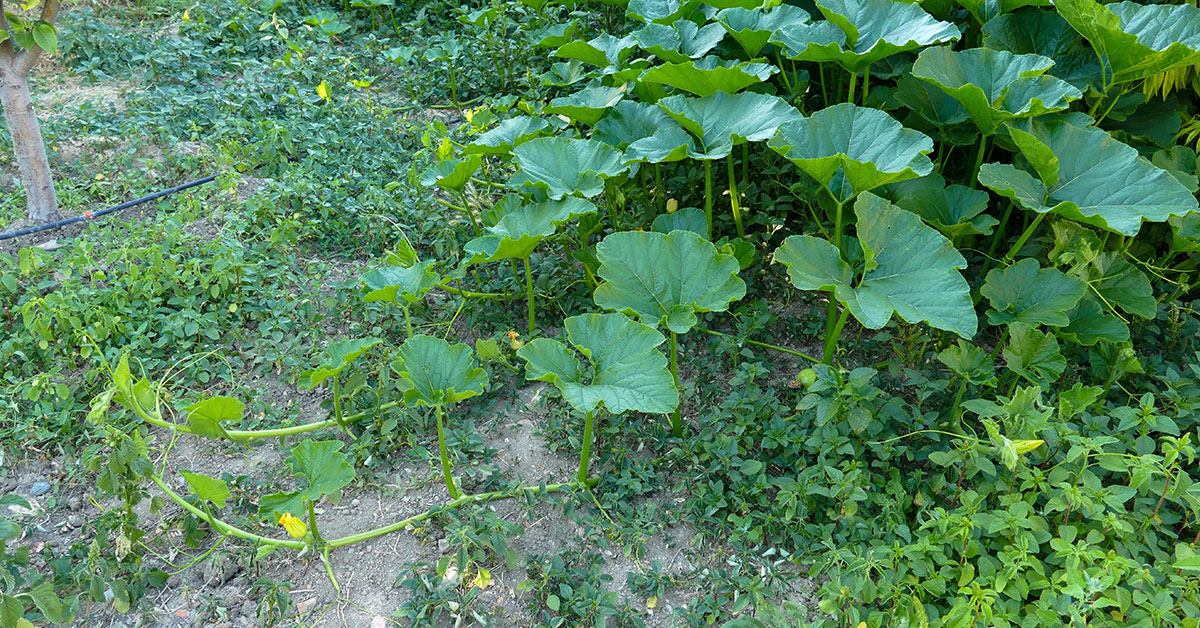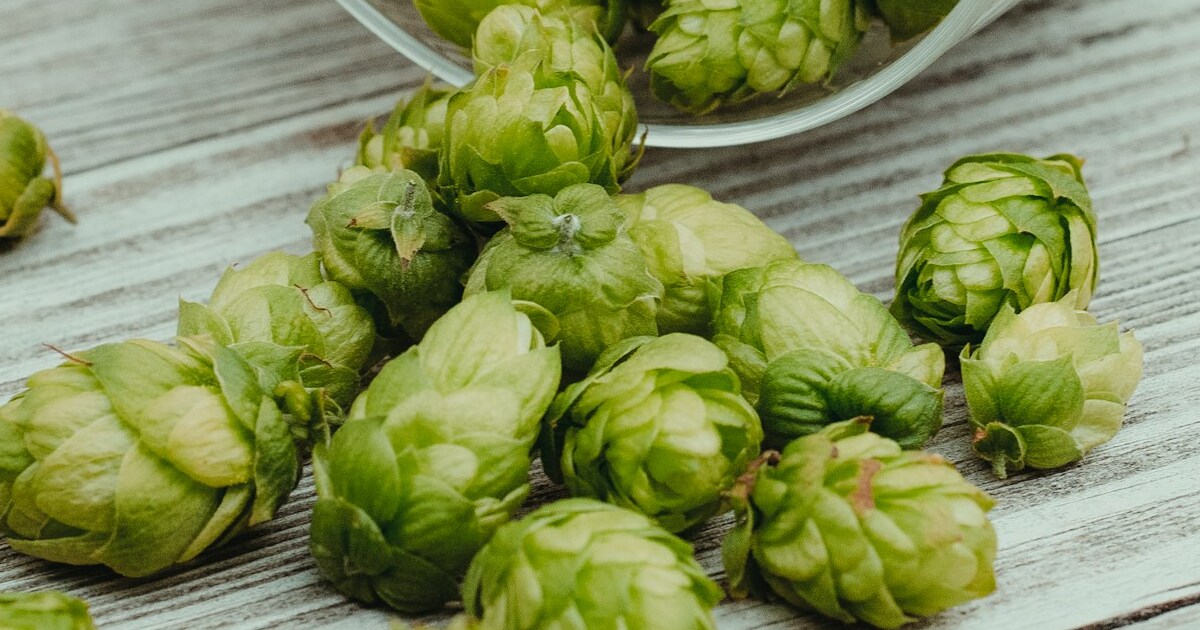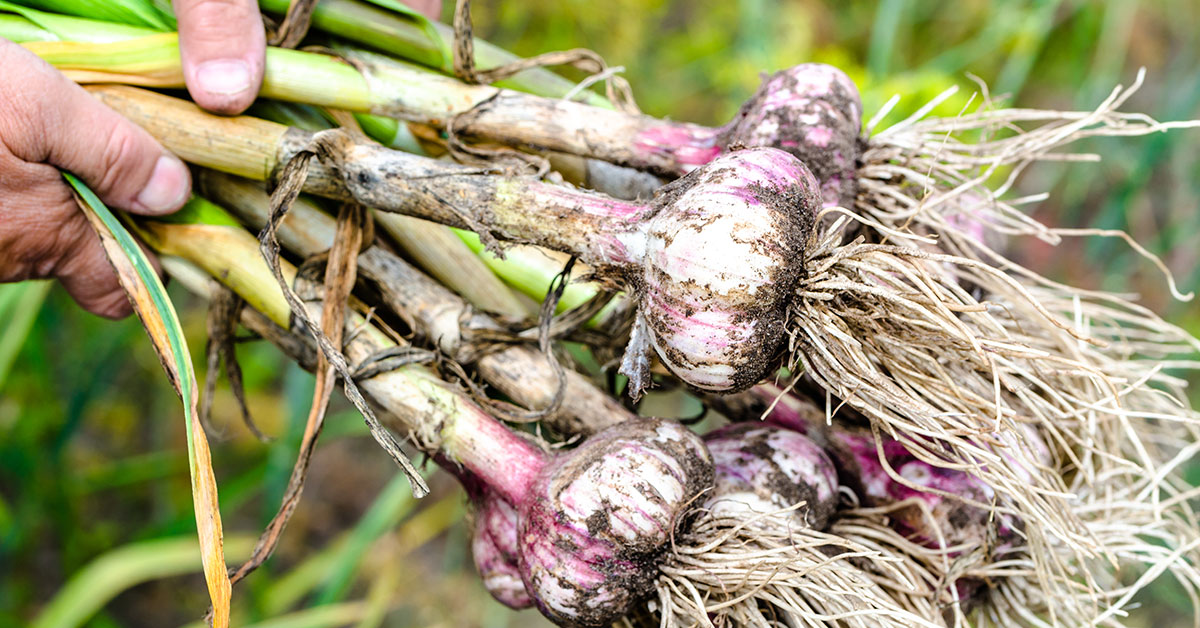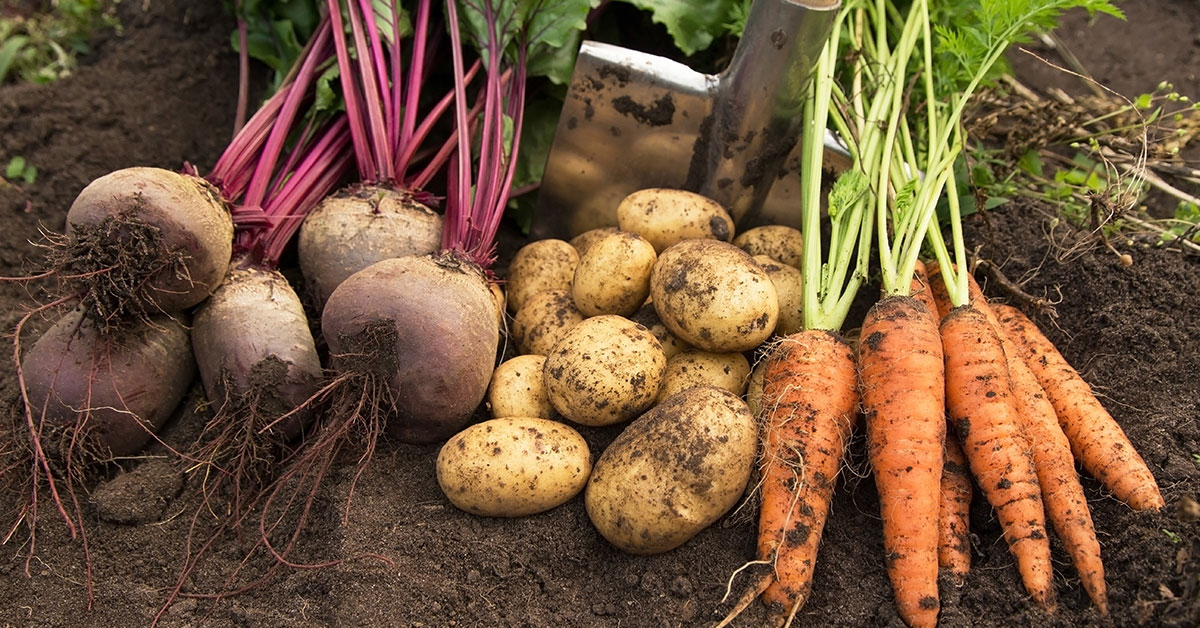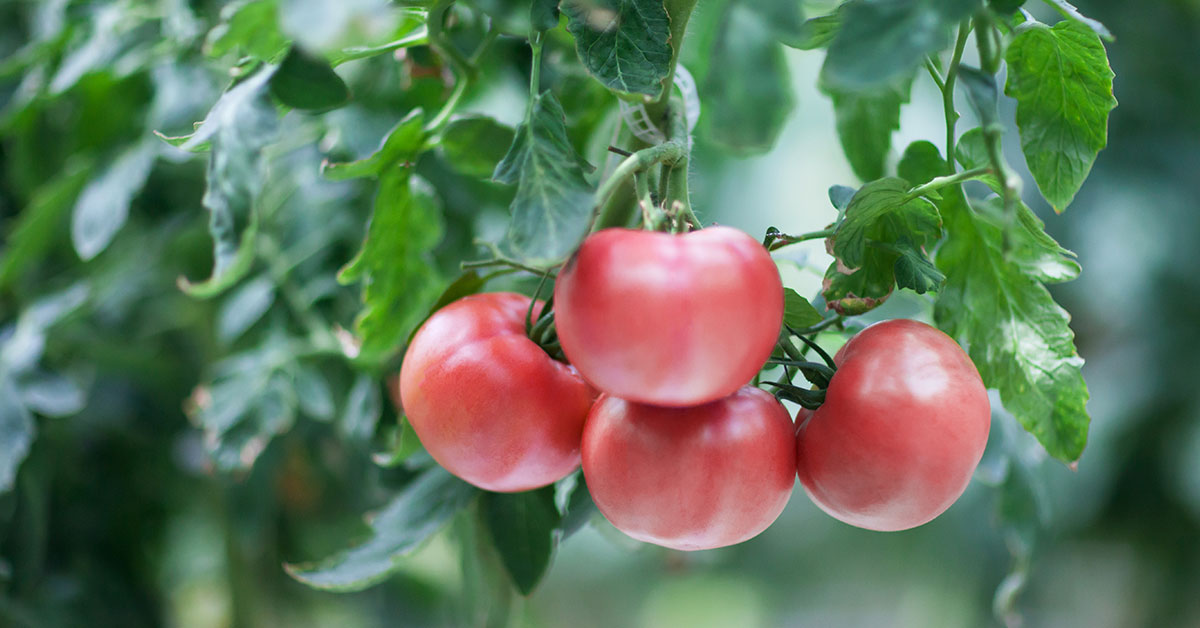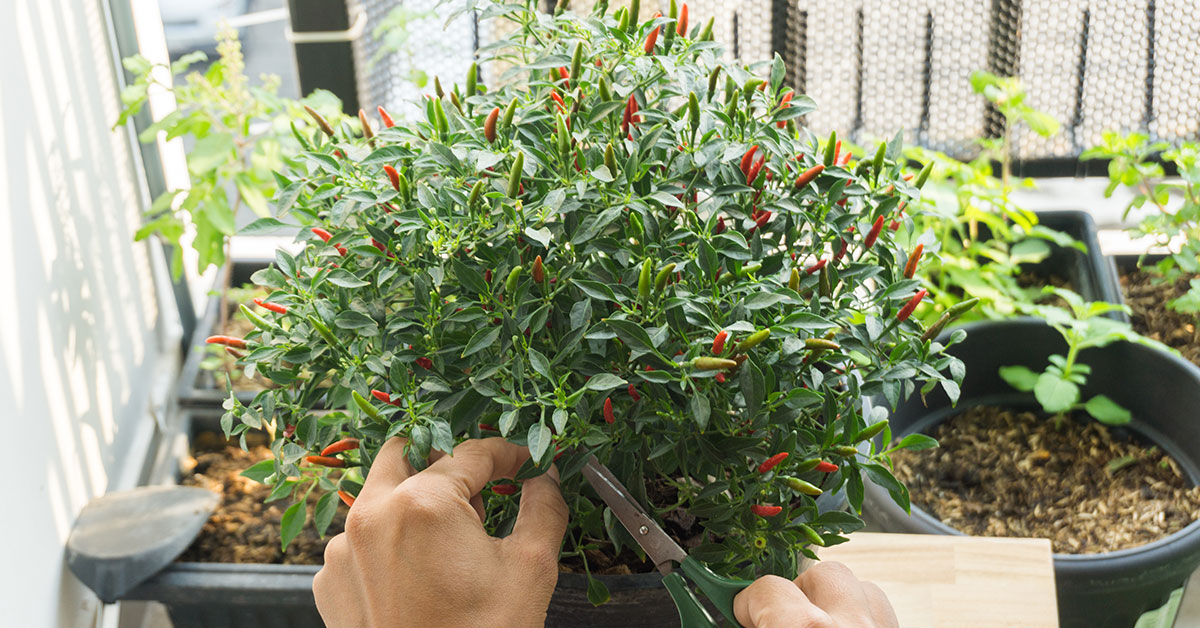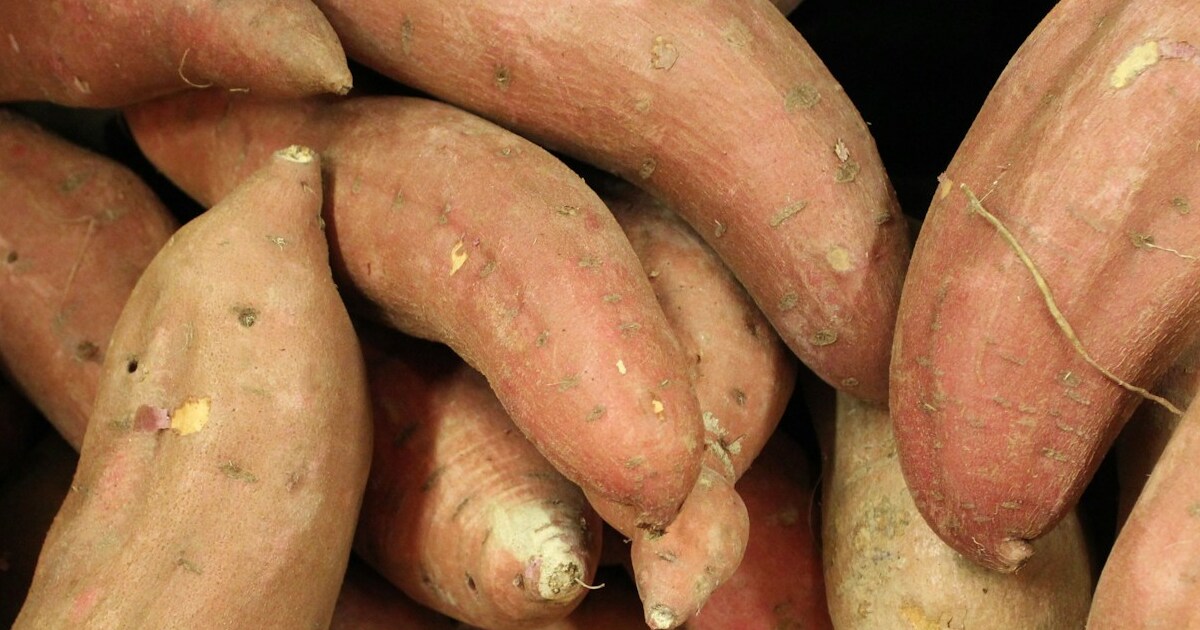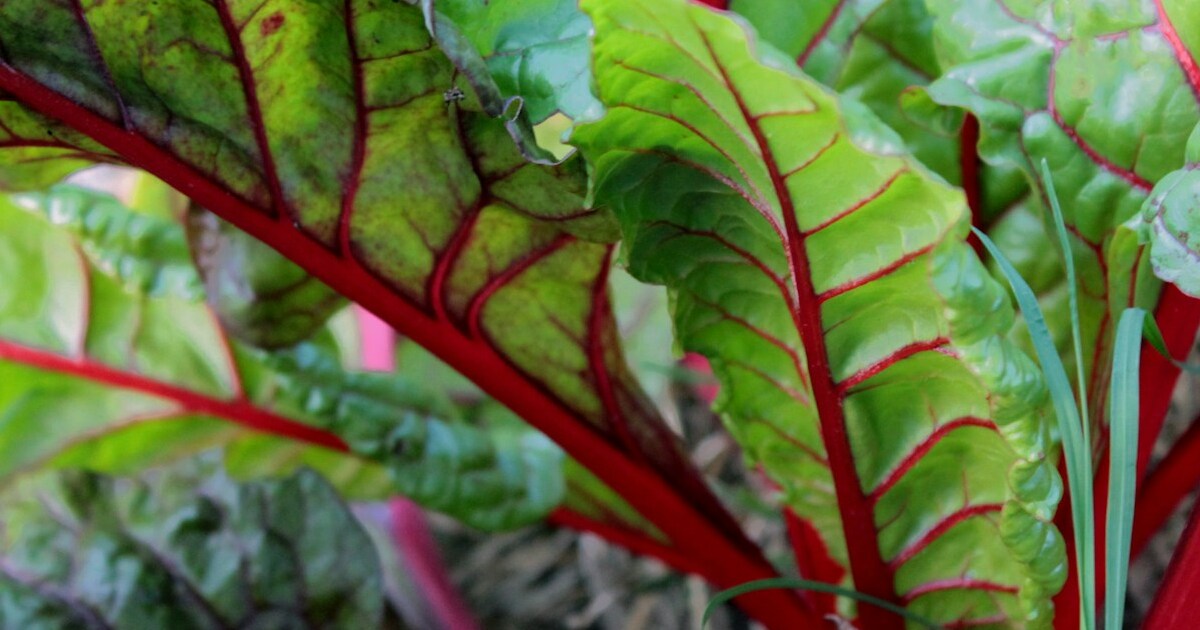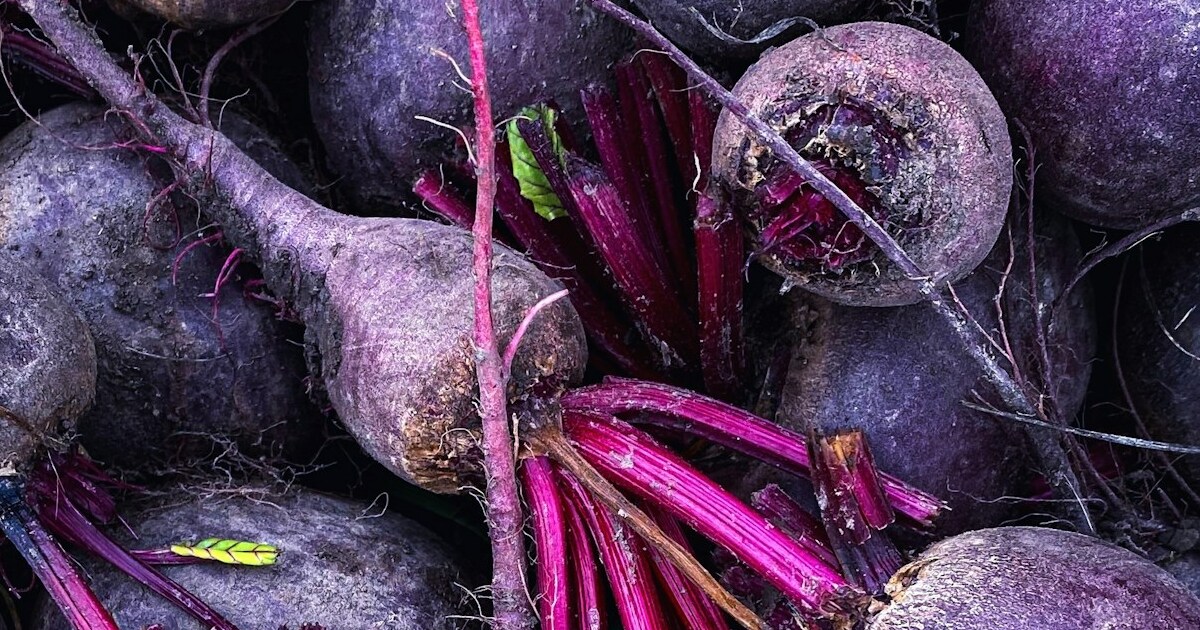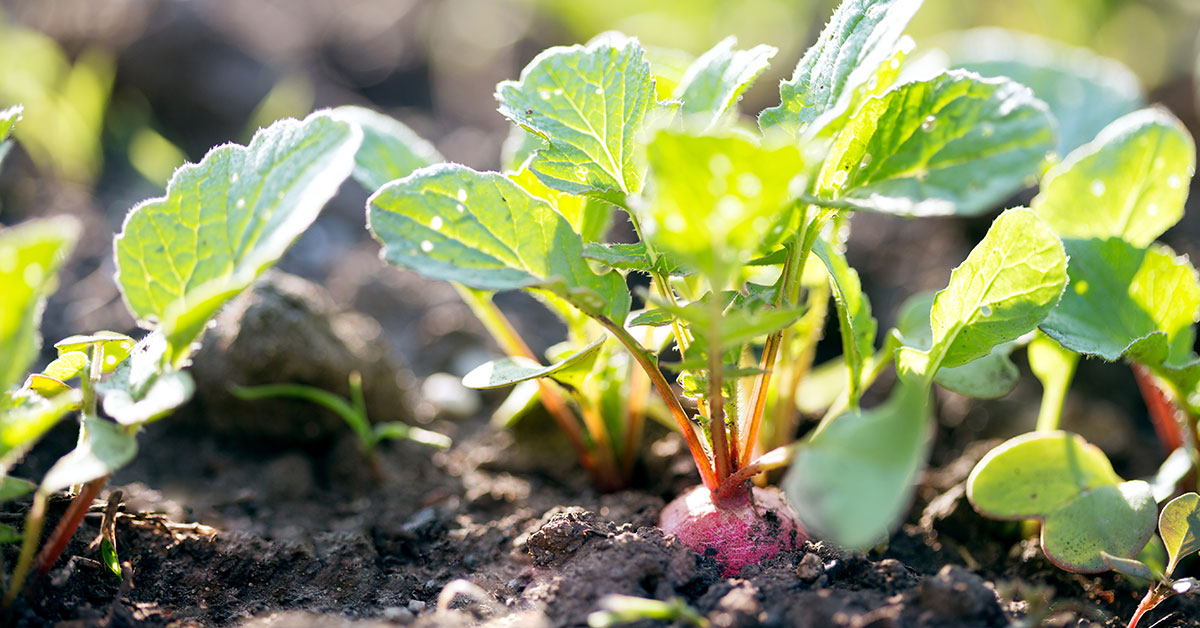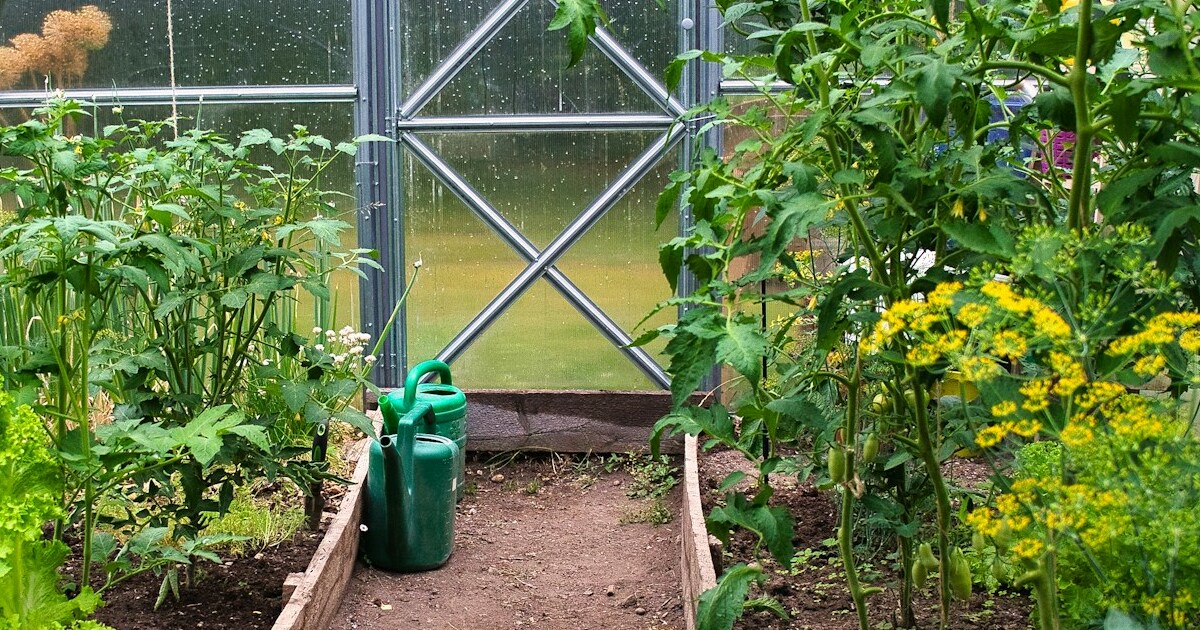The Musquee de Provence pumpkin is a unique and beautiful variety of pumpkin that is renowned for its sweet, nutty flavor and stunning appearance.
This heirloom pumpkin originated in France and has been cultivated for centuries in the Provence region.
Its distinctive shape, deep ribbing, and muted orange color make it a favorite among gardeners and chefs alike.
We will explore the history and characteristics of the Musquee de Provence pumpkin, as well as some delicious recipes that showcase its unique flavor and texture.
What is a Musquee de Provence Pumpkin?
Pumpkins are a popular fall staple, and the Musquee de Provence pumpkin is a unique variety that you may not have heard of before. This pumpkin originates from the south of France, specifically in the region of Provence.
The Musquee de Provence pumpkin is known for its distinctive appearance and flavor. It has a flattened, ribbed shape and a deep orange color, making it a beautiful addition to any fall display. When it comes to taste, this pumpkin has a sweet and nutty flavor that is perfect for use in both savory and sweet dishes.
One of the reasons why this pumpkin is so special is because of its long history. The Musquee de Provence has been grown in France for over 400 years and has become a beloved ingredient in many traditional French dishes. It was even mentioned in French literature in the 18th century.
Another unique aspect of this pumpkin is that it is often referred to as a “cheese pumpkin.” This is because the flesh of the Musquee de Provence is dense and creamy, similar to cheese. This makes it a popular choice for making pumpkin pies, as it creates a silky smooth texture.
Musquee de Provence pumpkin is a special variety that offers both aesthetic and culinary benefits. Its unique appearance and flavor make it a great addition to any fall dish, and its rich history adds an extra layer of intrigue.
How to start Musquee De Provence Pumpkin seeds
Growing pumpkins from seed is an incredibly rewarding and relatively easy gardening endeavor. With the right preparation and care, anyone can experience the joy of watching these vibrant vines produce bountiful, colorful pumpkins. Starting pumpkins from seed allows you to choose from a wide variety of shapes, sizes, and colors to suit your preferences.
Additional Resource: Our Full Guide On Starting Pumpkins From Seed
Growing & care
Caring for pumpkins is remarkably straightforward, making it an ideal choice for both novice and experienced gardeners. Once established, pumpkins require minimal maintenance.
- Transplanting: When the danger of frost has passed and the soil has warmed up, transplant the pumpkin seedlings into your prepared garden bed or large containers. Ensure they are spaced 3-5 feet apart to allow for proper growth and airflow.
- Care and Maintenance: Water your pumpkin plants deeply and regularly, aiming for about 1-2 inches of water per week. Mulch around the plants to conserve moisture and suppress weed growth. Monitor for pests and diseases, and take appropriate action if necessary.
- Pollination: Pumpkins require pollination for fruit set. Bees and other pollinators are crucial for this process. To encourage pollination, avoid using insecticides that could harm pollinators and consider hand-pollinating if necessary.
- Fertilization: As the pumpkin plants grow, provide them with regular feedings of balanced fertilizer according to the package instructions. This will help support healthy foliage growth and fruit development.
- Pruning and Training: Control the growth of your pumpkin vines by gently pruning back excessive foliage. This promotes better airflow and directs energy towards fruit production. Use trellises or supports to train the vines if desired.
- Harvesting: Harvest pumpkins when they reach their full color, have a hard rind, and the stem starts to dry out. Cut the pumpkins carefully from the vine, leaving a few inches of stem attached. Handle them gently to avoid any damage.
Common pumpkin pests and diseases
Growing pumpkins can sometimes encounter a few common problems. Here are some issues you may face and their corresponding solutions:
- Powdery Mildew: This fungal disease appears as a white, powdery coating on the leaves, causing them to wither and die. To combat powdery mildew, ensure proper spacing between plants for good air circulation. Apply fungicides as a preventive measure or use organic treatments like neem oil or a mixture of baking soda and water.
- Squash Bugs: These pests feed on the leaves, causing wilting and stunted growth. Handpick and destroy the bugs or use insecticidal soap to control their population. Placing floating row covers over young plants can prevent squash bugs from laying eggs.
- Vine Borers: The larvae of squash vine borers burrow into the stems, leading to wilting and plant death. Cut open the stem, remove the borer, and mound soil at the base of the affected plant to encourage rooting. Applying row covers early in the season can help prevent adult borers from laying eggs.
- Blossom End Rot: This physiological disorder manifests as sunken, darkened areas on the blossom end of the fruit. It is caused by calcium deficiency or inconsistent watering. Maintain consistent soil moisture levels, provide adequate calcium through organic amendments, and mulch around the plants to regulate soil moisture.
- Poor Fruit Set: Insufficient pollination can result in poor fruit development. Encourage pollinators by planting pollinator-friendly flowers nearby. In the absence of sufficient pollinators, hand-pollinate by transferring pollen from male to female flowers using a small brush or cotton swab.
- Overwatering or Root Rot: Excessive watering or poorly drained soil can lead to root rot and plant decline. Allow the soil to dry slightly between waterings, and improve drainage by amending the soil with organic matter or growing pumpkins in raised beds.
- Weeds: Weeds compete for nutrients, water, and sunlight, hampering pumpkin growth. Regularly weed around the plants to minimize competition and maintain a weed-free zone.
Remember to monitor your plants regularly, catch problems early, and apply appropriate treatments promptly. By implementing these preventive measures and taking swift action when needed, you can address common pumpkin-growing problems and enjoy a successful harvest.
When and How to Harvest
Musquee de Provence is a popular variety of pumpkin that is known for its sweet, nutty flavor and dense flesh. It is a French heirloom variety that is often used in soups, stews, pies, and other baked goods. If you are growing Musquee de Provence pumpkins in your garden, it is important to know when to harvest them to ensure that they are at their best.
The ideal time to harvest Musquee de Provence pumpkins is when they are fully mature. This is typically around 100-120 days after planting. You can tell that a pumpkin is mature by looking at its stem. When the stem starts to dry out and turn brown, it is a sign that the pumpkin is ready to be harvested.
Another way to check if a Musquee de Provence pumpkin is ready to be harvested is by tapping it gently with your knuckles. If the pumpkin sounds hollow, it is likely mature and ready to be picked. You can also check the skin of the pumpkin. If the skin is hard and cannot be pierced with your fingernail, it may need to mature more.
It is important to harvest Musquee de Provence pumpkins before the first frost of the season. Frost can damage the pumpkin and cause it to rot. If frost is in the forecast, it is best to harvest the pumpkins right away.
How To Harvest
Once you have harvested your Musquee de Provence pumpkins, it is important to store them properly. They should be kept in a cool, dry place with good air circulation. Do not store them in direct sunlight or in a place where they will be exposed to moisture. With proper care, your Musquee de Provence pumpkins can last for several months.
In conclusion, knowing when to harvest Musquee de Provence pumpkins is essential to ensure that you get the best flavor and texture from your pumpkins. By following these tips, you can harvest your pumpkins at the right time and store them properly to enjoy them for months to come.
Uses for Musquee de Provence pumpkin
Musquee de Provence pumpkin, also known as the “Fairytale pumpkin,” is a unique and flavorful variety of pumpkin that is highly prized by chefs and home cooks alike. But what are Musquee de Provence pumpkins typically used for?
One of the most popular ways to use this pumpkin is in soups and stews. The flesh of this pumpkin is dense and sweet, making it perfect for adding richness and depth of flavor to hearty dishes. Additionally, the skin of the Musquee de Provence pumpkin is thin and tender, which means that it can be left on when cooking, making preparation even easier.
It can also be roasted or baked and used as a side dish. The creamy sweetness of the pumpkin pairs well with savory herbs and spices, making it a versatile addition to any meal. Some people even use the pumpkin as a unique serving dish, filling it with other roasted vegetables or hearty stuffing for a beautiful and delicious presentation.
Finally, Musquee de Provence pumpkin can be used in sweet dishes as well. It’s rich flavor and creamy texture are perfect for pies and other baked goods, and it pairs particularly well with warm spices like cinnamon and nutmeg.


